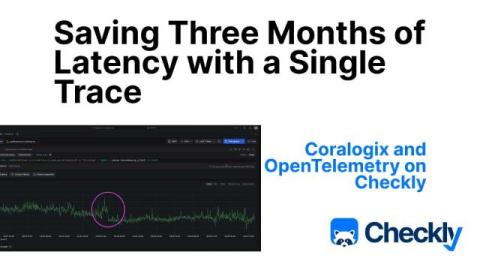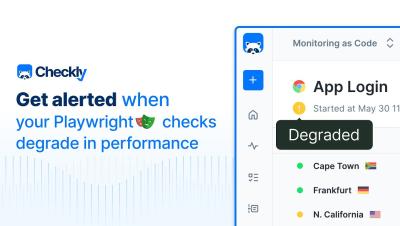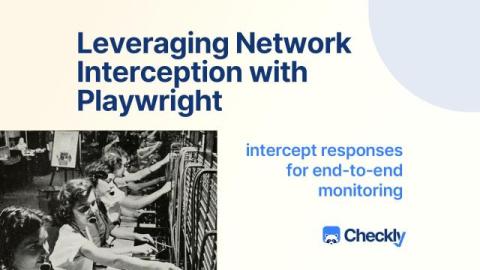Saving Three Months of Latency with a Single Trace: Coralogix and OpenTelemetry on Checkly
What’s the point of observability? Surely if you write good code, maintain it, handle tech debt, and administer its resources correctly, it’ll run great? Why would you need to keep a close eye on services that have already been tested and are working great? In this article I want to show how continuous monitoring of your systems closely, with tools like Checkly and Coralogix, can find problems that would have been impossible to predict or pre-optimize.






